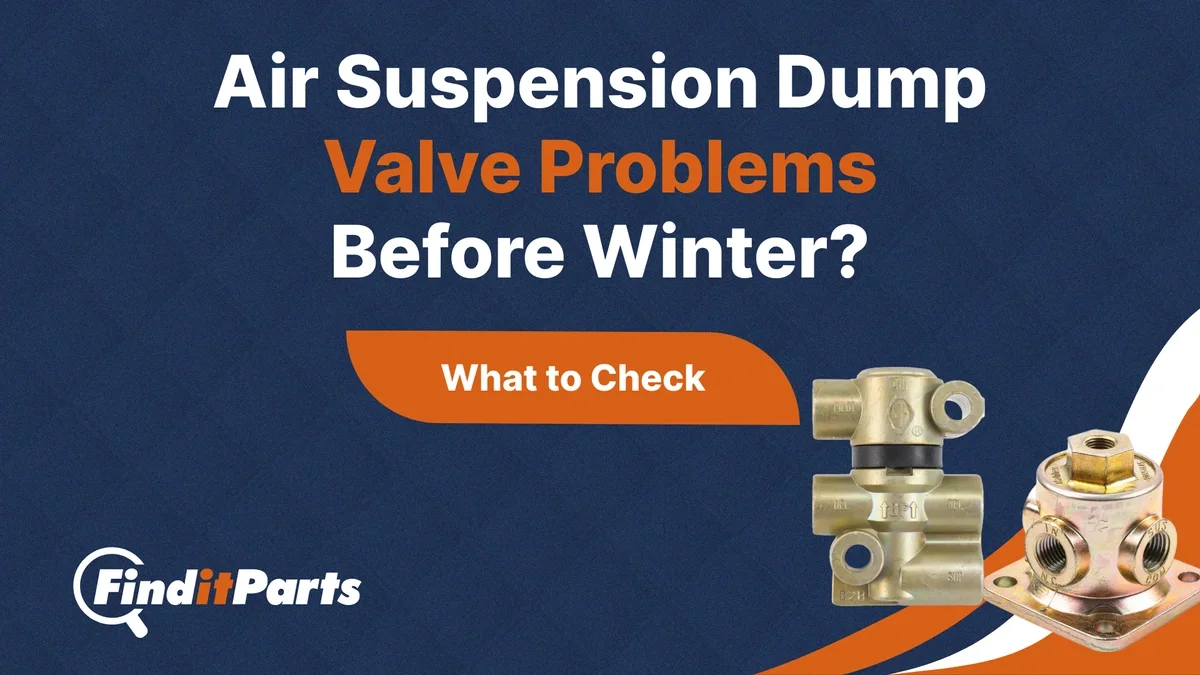Need help? We're here!
(888) 312-8812 Login SignupThe Signs of Poor Inventory Management . . . And More Importantly What You Can Do About It
December 30, 2022

It’s easy to think about parts in terms of their cost. Finding the right items at the best possible prices makes financial sense, but that’s not the entire story. At the same time, parts inventory management also has a cost and keeping that in check is about profitability. Whether you are a fleet or a service provider, poor inventory management practices have a bottom-line impact.
Ineffective parts inventory management wastes time and money
It consumes capital that might have been better spent in other areas of your operation. Perhaps the most costly is that it increases downtime, which also negatively impacts customer satisfaction.
Here are five signs of poor inventory management:
- High parts costs as a percentage of maintenance and repairs
- Increasing indirect labor costs when technicians spend time waiting for needed items
- Reduced shop throughout when parts availability slows the completion of maintenance and repairs
- Lower warranty recovery when the inability to track covered items leads to missed claims
- Unplanned downtime resulting in reduced vehicle utilization caused by delays in receiving parts during service
The good news is that there are proven approaches to eliminating ineffective parts inventory management practices
One of the simplest of those is to focus on parts room housekeeping. For example, easy access to frequently used parts for preventive maintenance and common repairs can keep service operations moving steadily. Arranging inventory so components for specific systems can be located quickly improves productivity. An organized parts room also can help identify infrequently used parts that increase inventory carrying costs.
With a better handle on your parts inventory, you also can facilitate effective ordering and purchasing practices. With the right quantities of parts in stock, shop throughput is not delayed, and eliminating the need for last-minute orders helps keeps costs down.
Having an adequate and correct inventory also stems from training technicians and parts personnel to recognize needs. Beyond including parts inventory topics in training, there are also parts management programs from industry associations such as the National Institute for Automotive Service Excellence (ASE), which offers certification for medium- and heavy duty truck parts specialists.
Not to be overlooked is the value of working with a reputable vendor
Leading suppliers of parts have resources that can be highly valuable. Those can include the ability to predict parts needs based on purchase histories. In addition, they can help you evaluate parts quality, costs, and availability between manufacturers, and locate hard-to-find items that are not routinely carried in inventory.
Parts vendors are also focused on streamlining the ordering and purchasing process with e-commerce systems that facilitate timely deliveries. While those abilities have even greater value today considering supply chain challenges, they are now seen as an essential part of effective parts management for the long term.
FinditParts is the largest single-source Internet distributor of heavy-duty OEM and aftermarket parts. FinditParts is your partner in keeping your heavy-duty truck on the road.



